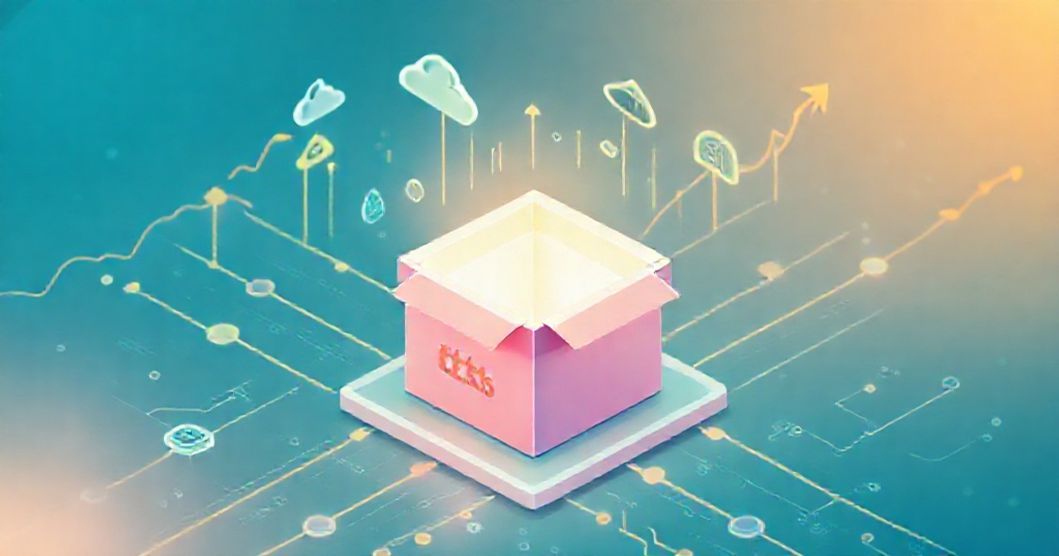For many independent creators and entrepreneurs, Etsy offers a unique marketplace to showcase handmade goods, vintage items, and craft supplies. However, as a shop grows, managing various aspects from inventory to shipping can become complex and time-consuming. This is where robust Etsy integrations become indispensable, transforming manual tasks into streamlined, automated processes. Understanding the array of tools available can significantly enhance operational efficiency, allowing sellers to focus more on creativity and customer engagement rather than administrative overheads.
Understanding Etsy Integrations: Tools for Seamless Operations
Etsy integrations refer to third-party applications or software that connect directly with an Etsy shop, extending its functionality and automating key business processes. These integrations are designed to bridge gaps in the native Etsy platform, offering specialized solutions for challenges like inventory management, order processing, accounting, marketing, and customer relationship management. By linking various aspects of a business, these tools create a cohesive ecosystem that reduces manual data entry, minimizes errors, and frees up valuable time for sellers. The ultimate goal is to optimize the selling experience for both the seller and the customer.
Enhancing Inventory Management: Syncing Across Platforms
Effective inventory management is critical for preventing overselling and ensuring customer satisfaction, especially for sellers managing multiple sales channels. Integrating an inventory management system with Etsy allows for real-time synchronization of stock levels across all platforms, be it a standalone website or other marketplaces. This automation ensures that when an item sells on Etsy, its availability is immediately updated everywhere else, preventing frustrating stock discrepancies and cancellations. Such systems often provide comprehensive dashboards to track product performance and manage variations efficiently.
Many solutions offer detailed reporting, helping sellers identify fast-moving products and optimize purchasing decisions. These tools can handle complex inventory scenarios, including bundles, kits, and variations in size or color, ensuring that every product attribute is accurately reflected. For example, a handmade jewelry seller using a multi-channel inventory tool can easily manage unique pieces while also tracking components for custom orders. This level of detail is crucial for maintaining accurate records and projections.
Streamlining Order Fulfillment: Automating the Process
Efficient order fulfillment is a cornerstone of excellent customer service. Etsy integrations for order fulfillment automate various stages, from printing shipping labels to tracking packages and sending notifications. Connecting an Etsy shop with a shipping solution can drastically reduce the time spent on manual label creation and data entry, particularly for high-volume sellers. These integrations often compare shipping rates from multiple carriers, helping sellers choose the most cost-effective and timely options for their customers.
Beyond label printing, many fulfillment integrations also offer features like automated tracking updates sent directly to customers, reducing “where is my order?” inquiries. Some advanced systems can even integrate with third-party logistics (3PL) providers, allowing sellers to outsource their packing and shipping entirely. This provides immense scalability, enabling a business to grow without being bottlenecked by physical fulfillment constraints. For a seller handling delicate ceramic items, ensuring proper packaging and tracking through an integrated system is paramount.
Simplifying Accounting and Financial Tracking for Etsy Sellers
Accurate financial record-keeping is essential for any business, and Etsy sellers are no exception. Integrating an accounting software with an Etsy shop automates the import of sales data, expenses, and transaction fees, eliminating the need for manual reconciliation. This not only saves significant time but also reduces the potential for human error, ensuring that financial statements are precise and up-to-date. Such integrations are invaluable for tax preparation and overall financial analysis.
These accounting tools can categorize income and expenses, track profitability per product, and provide insights into cash flow. Sellers can easily generate reports on sales tax, profit and loss, and balance sheets, giving them a clear financial picture of their business. For instance, a seller of digital prints can easily track monthly subscriptions for design software and compare it against their Etsy sales, providing a comprehensive view of their net income. This level of financial clarity supports informed business decisions.
Elevating Marketing and Customer Relationship Management (CRM)
Building strong customer relationships and executing effective marketing campaigns are vital for long-term success on Etsy. Integrations with marketing automation platforms and CRM systems allow sellers to capture customer data, segment their audience, and deploy targeted email campaigns. These tools can automate welcome series for new customers, send abandoned cart reminders, or notify past buyers about new product launches, fostering loyalty and driving repeat purchases.
CRM integrations help sellers keep track of customer interactions, purchase history, and preferences, enabling personalized communication. For example, a seller of custom pet portraits can use a CRM to manage client requests, progress updates, and follow-up after delivery, ensuring a highly personalized experience. This strategic approach to marketing and customer care can significantly enhance brand perception and increase customer lifetime value, moving beyond transactional relationships to genuine engagement.
Integrating Print-on-Demand (POD) for Diverse Product Offerings
Print-on-demand integrations have revolutionized how many Etsy sellers offer customizable products without holding any inventory. By connecting an Etsy shop to a POD service, sellers can design unique graphics or artwork and offer them on a wide range of products like t-shirts, mugs, phone cases, and wall art. When a customer places an order on Etsy, the POD service automatically fulfills, prints, and ships the product directly to the customer, eliminating the need for the seller to manage production or inventory.
This integration model significantly reduces upfront costs and risks, making it easier for new sellers to experiment with various product lines. It also allows established sellers to diversify their offerings without logistical complexity. A graphic designer selling digital downloads can easily expand into physical merchandise, leveraging their existing designs. The seamless process from order placement to fulfillment makes POD an attractive option for expanding product catalogs with minimal operational burden.
Choosing the Right Etsy Integration: Key Considerations
Selecting the most suitable Etsy integrations requires careful consideration of a business’s specific needs, size, and growth trajectory. Evaluating factors such as pricing structures, ease of setup, scalability, and compatibility with existing tools is crucial. Many integration platforms offer different tiers, with varying features and costs, so understanding the value proposition for each is important. A smaller shop might prioritize cost-effectiveness and user-friendliness, while a larger enterprise might focus on comprehensive features and advanced automation capabilities.
It is also advisable to consider customer support, security protocols, and review user testimonials before committing to an integration. The goal is to find tools that seamlessly fit into the current workflow and support future expansion without creating additional complexities. Thorough research and, if available, utilizing free trials can help ensure that the chosen integrations genuinely enhance operations and contribute to sustained business success, rather than becoming another management task.
Optimizing Your Etsy Business: A Strategic Integration Approach
The strategic implementation of Etsy integrations offers a transformative path for sellers looking to optimize their business operations and scale effectively. By automating repetitive tasks, improving data accuracy, and enhancing customer interactions, these tools empower entrepreneurs to move beyond the daily grind and focus on core creative and strategic endeavors. Investing time in researching and integrating the right solutions can lead to significant gains in efficiency, profitability, and overall customer satisfaction. A well-integrated Etsy shop is not just a collection of products; it is a finely tuned machine built for sustainable growth and a superior selling experience.






